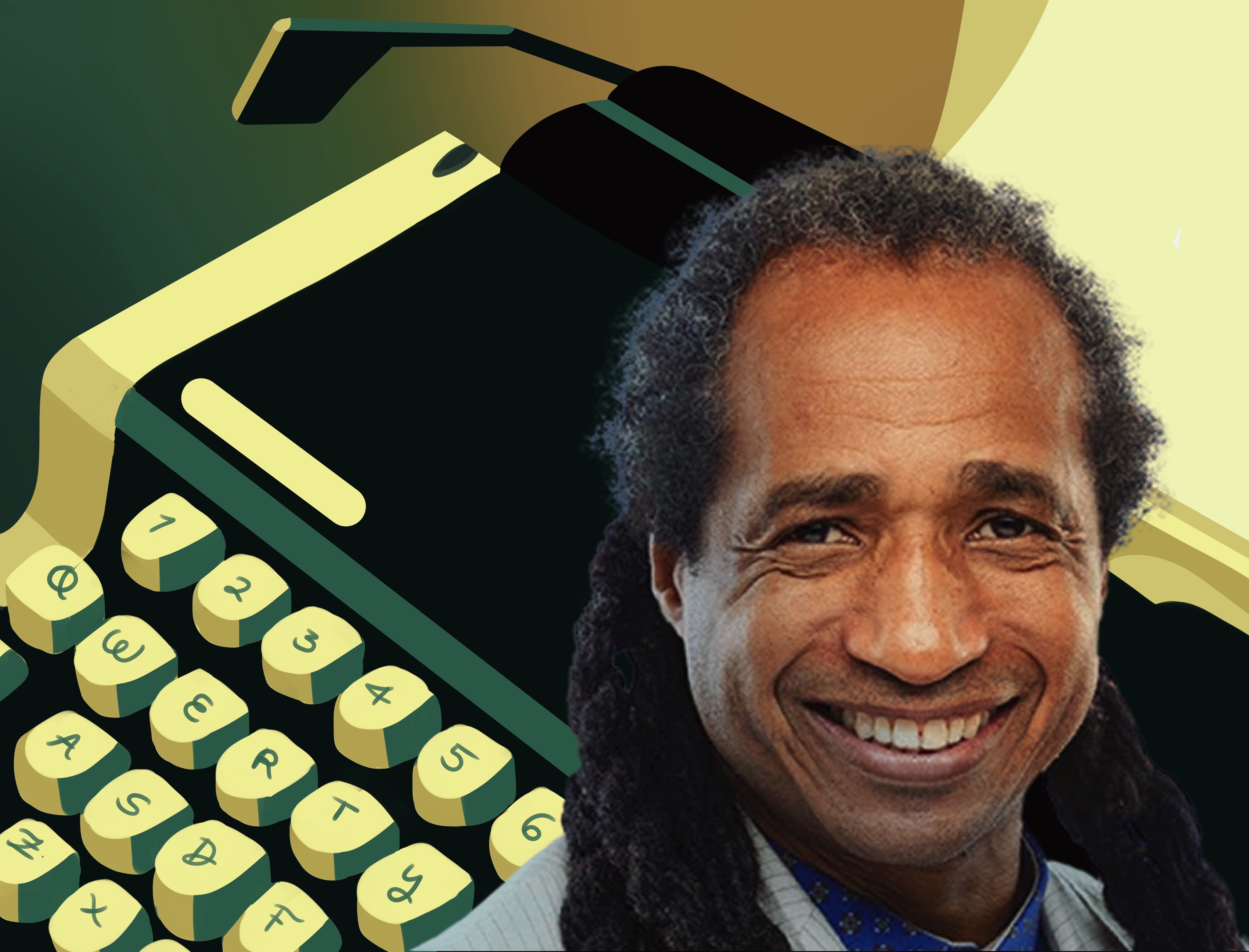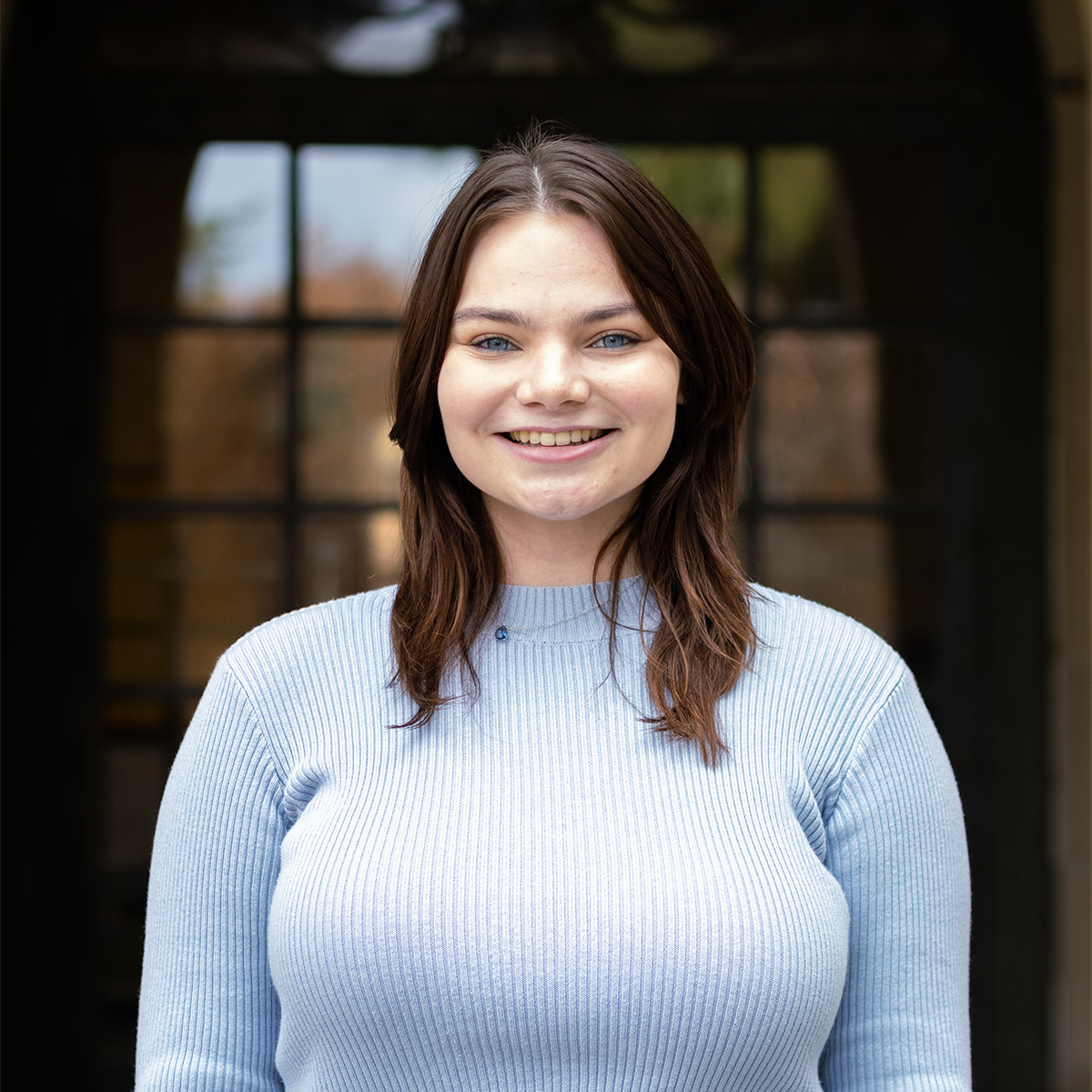Alumnus earns Emmy nomination for co-writing docuseries about Tulsa Race Massacre

Alumnus and writer Marco Williams was nominated for outstanding writing for a nonfiction program for his work on the History Channel’s “Tulsa Burning: The 1921 Race Massacre,” which discusses the history of violence against the prosperous Black community in Tulsa, Oklahoma, and the subsequent resilience of the Black residents. (Photo courtesy of Marco Williams. Photo illustration by Katelyn Dang/Illustrations director)

By Alexis Jones
Aug. 28, 2021 3:33 p.m.
Marco Williams finds historical writing more intertwined with the present than ever.
The writer and alumnus is nominated for an Emmy Award for Outstanding Writing for a Nonfiction Program for his work on “Tulsa Burning: The 1921 Race Massacre.” The History Channel documentary focuses on the 100th anniversary of the 1921 Tulsa Race Massacre, in which the prosperous Black community of the Greenwood District in Tulsa, Oklahoma, was burned down by a white mob. To fully understand what happened, Williams said the audience needed to learn more about the people involved in the incident, including their demographics and how they fit into the Tulsa area.
“Film is a medium that communicates some emotion far better than information,” Williams said. “Nonfiction is also emotion-based. You have to care about the people.”
For Williams, the writing began with research. He said he needed to think about what exactly the documentary would cover and if it should chronicle the specific events of the two-day massacre. Looking for a hook or thesis to stitch information together, Williams said once the mass excavations of the massacre victims started to take place in 2020, it was clear there was a critical story to uncover.
As with the events of the massacre, Williams said the same level of research went into learning about the townspeople for the documentary – who they were, what they were doing and why they were doing it. Describing what he refers to as a “go-forward story,” Williams said subjects’ backstories are central to contemporary storytelling because of audiences’ heightened interest in the people behind historical events. However, Williams said this focus isn’t always possible, which is why the film’s contemporary participants are also there to comment on the historical events.
[Related: UCLA alumnus Frank Marshall’s ‘The Bee Gees’ receives 6 Emmy nominations]
During the process of figuring out who the main voices of the documentary should be, archival producer Lauren Vernea said she and Williams were able to interview descendants of Black residents from Tulsa and greater Oklahoma. From photographs and newspapers to audio and video footage, she said it was fortunate to have the different archival elements to support the storylines.
“(The oral histories are) unique to this project because not all historical documentaries have that where survivors of the massacre told their story in their own words,” Vernea said. “We were able to have actors read and tell the stories of survivors in first-person narrative. That was really, really powerful.”
In terms of writing nonfiction and fiction, Williams said the processes for the two are starkly different but share certain things in common. Because they both entail storytelling, he said the concept of nonfiction writing still requires thinking about the structure of a narrative with evolving characters and potential plot points. While both styles come from some shared experience, nonfiction does not reimagine it, unlike fiction, Williams said.
Having mostly worked in fiction, editor Ray Hubley said the process for editing a nonfiction work is different because documentary filmmakers discover the film as they shoot it. On a television documentary like “Tulsa Burning: The 1921 Race Massacre,” he said there are preliminary outlines and structural ideas for what the film might be, but the reality is the footage shot – such as the interviews with scholars – is reinvented when it lands in the editing room.
When approaching how to weave past and present, Williams said he needed to introduce the present-day element at the start of the film. Following his self-coined and self-named process “Marco-ism,” he said his stories start in the most compelling moment of the present and then travel backward in time, bringing the story back to the moment it started and continuing to progress forward from there. In the documentary, Williams said he consistently needed to look for ways to transition from the present to the past and back again.
[Related: Sound editors emphasize the quiet in Emmy-nominated ‘The Queen’s Gambit’]
Additionally, Williams said he wanted to make a statement regarding the treatment of African Americans by law enforcement in the United States. The film’s thesis, while not overt, is possible reparations for the community affected by the Tulsa riots, Williams said. Speaking to the events in the Greenwood District as an example of police brutality, he said the film juxtaposes images of African Americans in 1921 Tulsa with their hands up with present-day Tulsa, with images of Terence Crutcher, who was shot and killed by a police officer in 2016.
On a final note, Williams said he hopes the film informs audiences about the tremendous capacity of African Americans to create one of the most vibrant national communities at the time. He said he wants people to realize there is much work that still needs to be done to achieve racial equality and one potential remedy is to consider how the survivors of the massacre might be compensated for their losses.
“I’ve always been invested in that kind of storytelling where the relationship of the past, you feel it in the present,” Williams said. “As you experience the present, you want to know about the past. That’s been my storytelling.”


